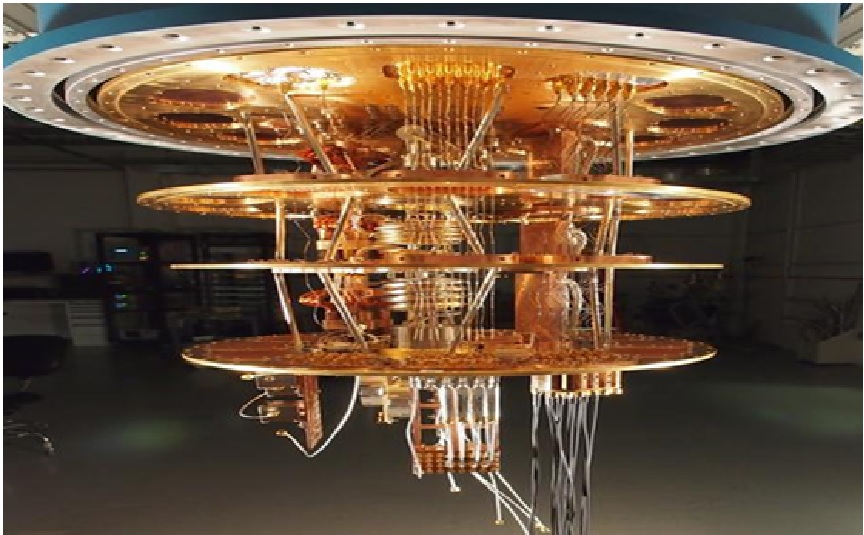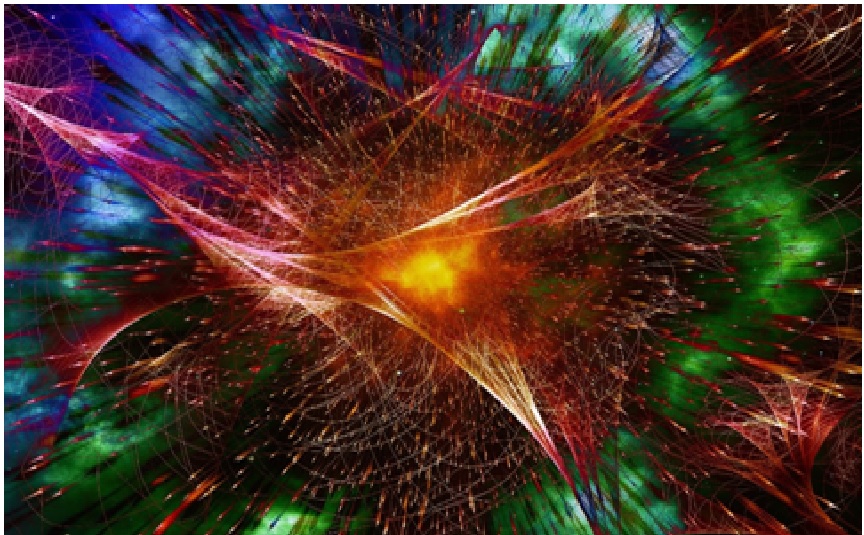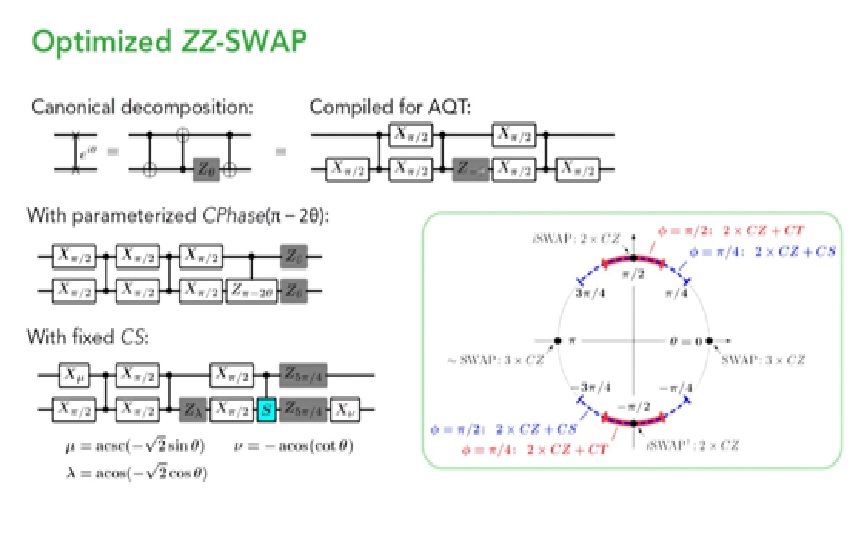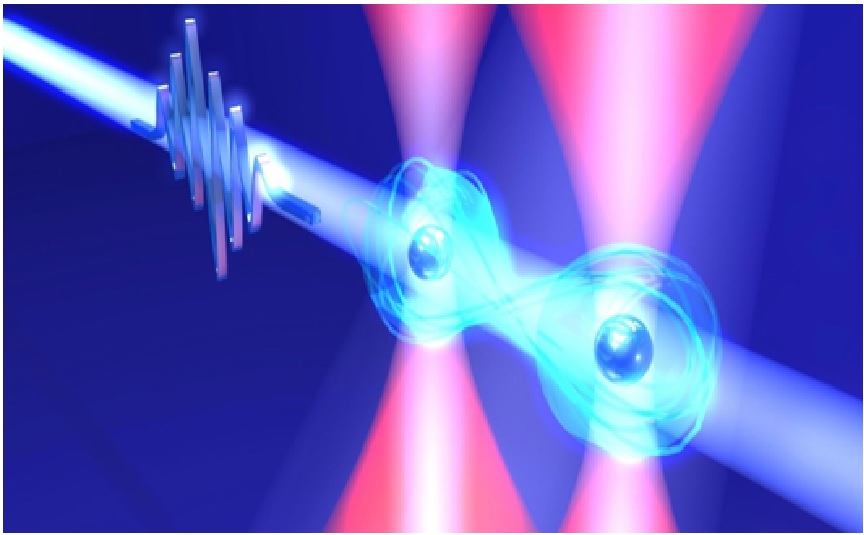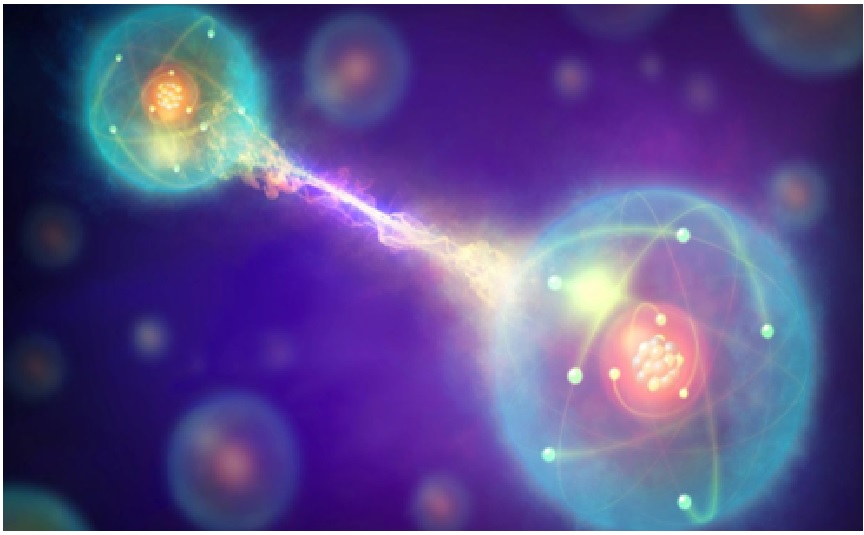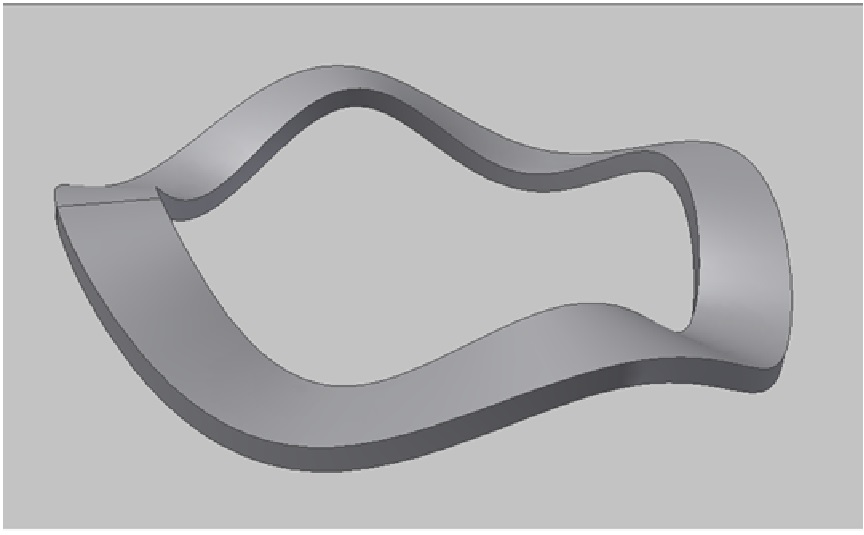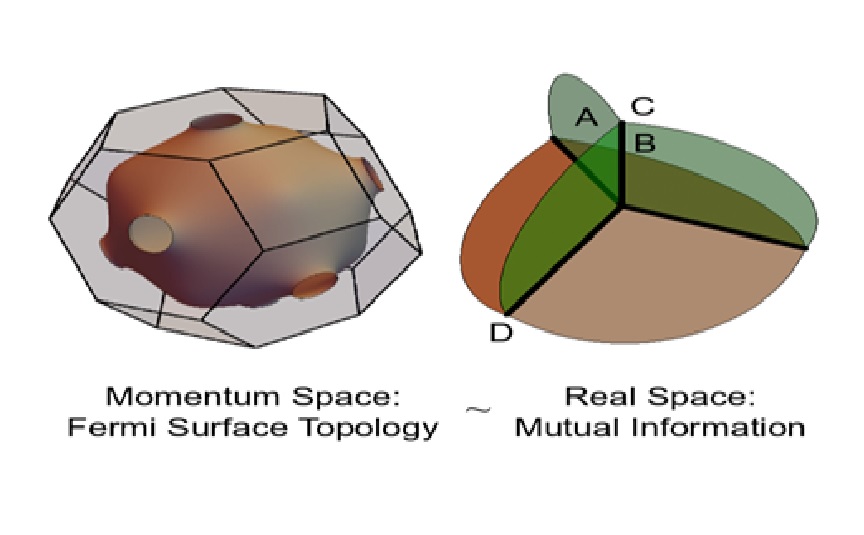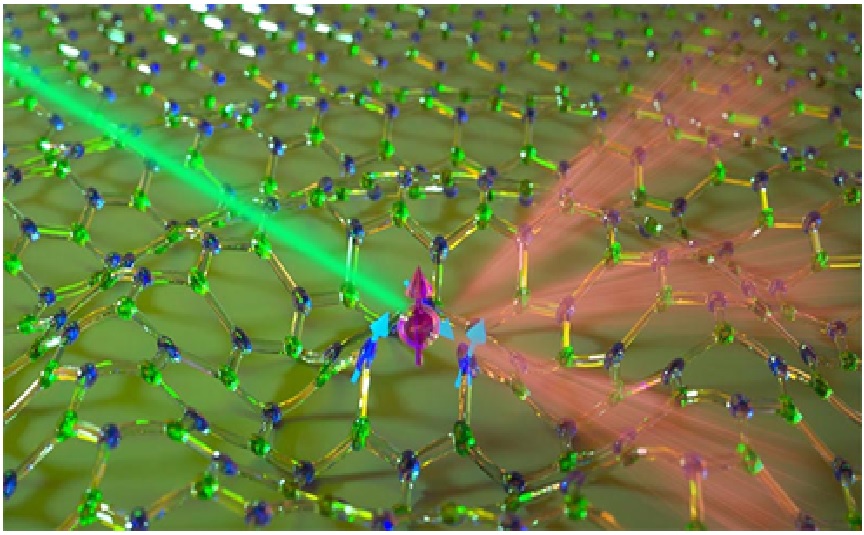Magnetic Quantum Material May Drive Next Generation Information Technologies
Scientists at the Department of Energy’s Oak Ridge National Laboratory used neutron scattering to determine whether a specific material’s atomic structure could host a novel state of matter called a spiral spin liquid. By tracking tiny magnetic moments known as “spins” on the honeycomb lattice of a layered iron trichloride magnet, the team found the first 2D system to host a spiral spin liquid.

Figure 1. A spiral spin liquidnext-generation information technologies.
Figure 1 shows thatthe discovery provides a test bed for future studies of physics phenomena that may drive next-generation information technologies. These include fractons, or collective quantized vibrations that may prove promising in quantum computing, and skyrmions, or novel magnetic spin textures that could advance high-density data storage.
“Each honeycomb layer of iron has chlorine atoms on top and bottom, forming chlorine-iron-chlorine slabs,” McGuire said. In quantum materials, electron spins can behave collectively and exotically. If one spin moves, everyone reacts—an entangled state that Einstein called “ghost action at a distance.”
The system remains in a state of frustration—a fluid that retains disorder because the spins of the electrons are constantly changing direction, causing the other entangled electrons to vibrate in response.
The first neutron diffraction studies of iron chloride crystals were carried out at the ORNL 60 years ago. Today, ORNL’s extensive expertise in material synthesis, imaging, neutron scattering, theory, modeling and computing is leading to groundbreaking research into magnetic quantum materials that is driving the development of next-generation technologies for information security and storage.
Mapping spin movements in the spiral spin liquid was made possible by experts and tools at the Spallation Neutron Source and the High Flux Isotope Reactorat ORNL."The neutron scattering data from our measurements at SNS and HFIR provided compelling evidence of a spiral spin liquid phase," Gao said.
"The neutron scattering experiments measured how the neutrons exchange energy and momentum with the sample, allowing the magnetic properties to be inferred, spiral spin liquid looks like a topographic map of a group of mountains with a bunch of rings going outward." said Matthew Stone.
"Our study shows that the concept of a spiral spin liquid is viable for the broad class of honeycomb lattice materials," said Andrew Christianson. "It gives the community a new route to explore spin textures and novel excitations, such as fractons, that then may be used in future applications, such as quantum computing."
References:
- https://sciencesprings.wordpress.com/2022/07/29/from-the-does-oak-ridge-national-laboratory-magnetic-quantum-material-broadens-platform-for-probing-next-gen-information-technologies/
- https://newsachieve.com/2022/07/28/magnetic-quantum-material-broadens-platform-for-probing-next-gen-information-technologies/
- https://phys.org/news/2022-07-magnetic-quantum-material-broadens-platform.html
Cite this article:
Sri Vasagi K (2022), Magnetic Quantum Material May Drive Next Generation Information Technologies, AnaTechMaz, pp.62



